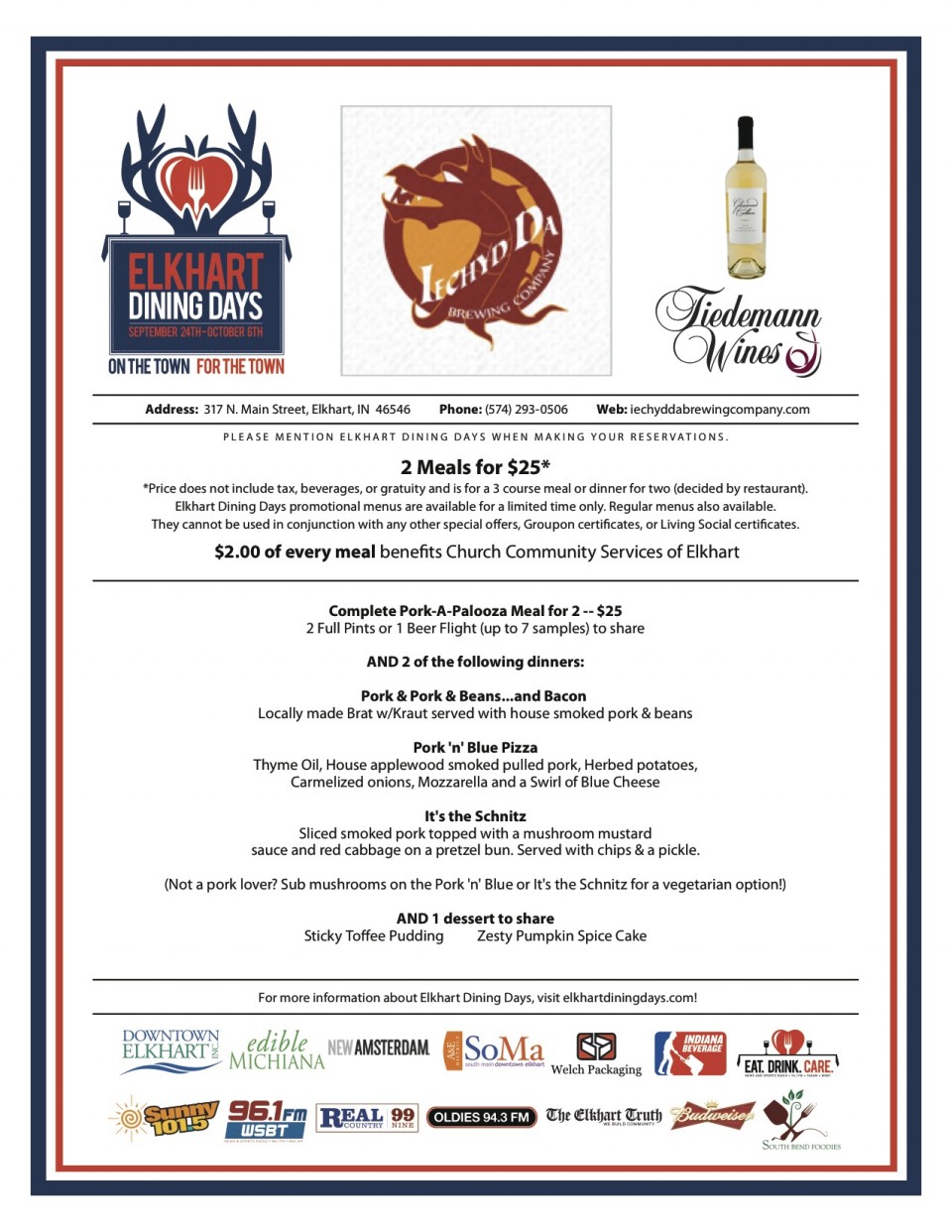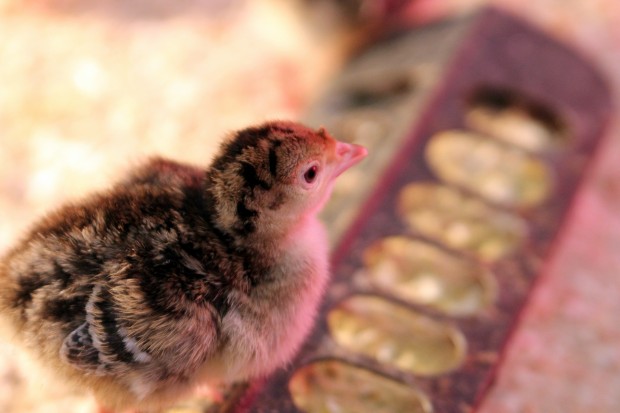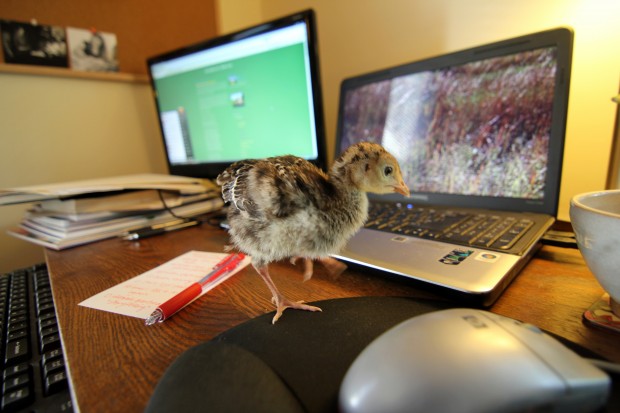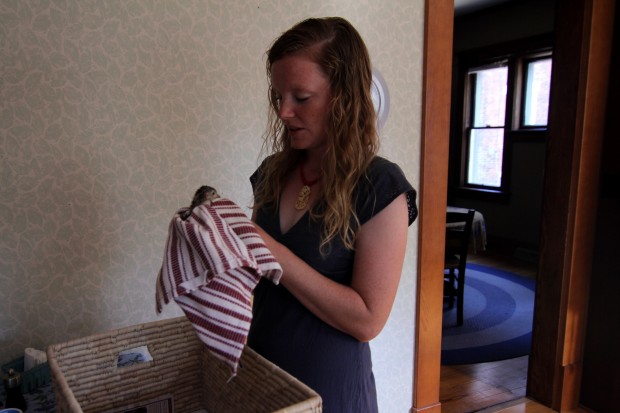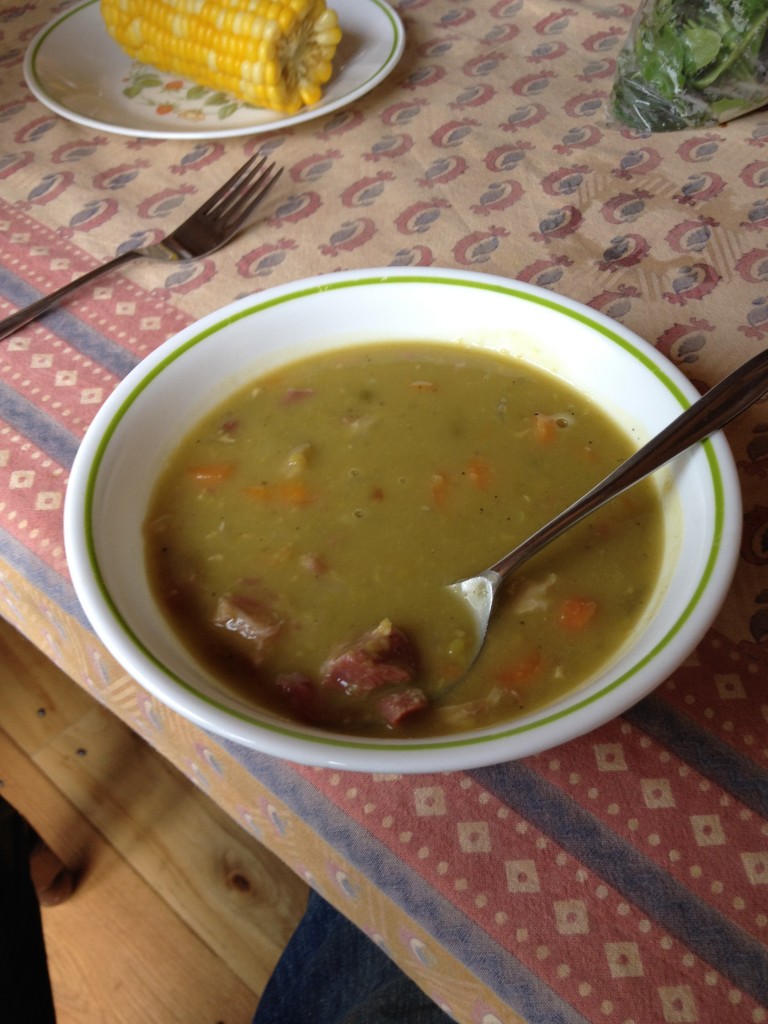Steak Recipe: Customer Approved!
Thanks so much to our customers Joan and Lloyd Miller who shared this recipe with us–they said it worked great for the steaks they received in last month’s CSA package. We can’t wait to try it out for ourselves!
INGREDIENTS
- 2 teaspoons ground mustard
- 2 teaspoons powdered garlic (we used fresh)
- 2 teaspoons kosher salt
- 1 1/2 teaspoons freshly ground black pepper
- 4 rib steaks, at least 1 inch thick (2 to 3 pounds total)
- 2 tablespoons olive oil
- Combine mustard, garlic, salt, and pepper in a small bowl. Coat both sides of steaks with a thin layer of spice mixture, rubbing mixture thoroughly into steaks. Let rest at room temperature for 1 hour. The rub should be almost completely absorbed by the meat, or it will burn when the steaks are seared.
- Heat the oven to 375°F. Coat the bottom of a large, oven-safe frying pan with enough olive oil to prevent the meat from sticking. Place over high heat until the pan is very hot but the oil is not yet smoking. Using a pair of long tongs, carefully place steaks in the hot pan and sear, turning only once, until a crust forms, about 3 minutes on the first side and 2 minutes on the second.
- Place the frying pan in the oven to finish cooking the steaks, 8 to 10 minutes for rare, 10 to 12 minutes for medium rare. Insert an instant-read meat thermometer into the center of each steak; it should read 115°F to 120°F for rare, 125°F to 130°F for medium rare.
Transfer the steaks to a serving platter or cutting board and let them rest for about 10 minutes to allow the juices to redistribute.
Fall/Winter Meat CSA Shares Available Now!
Thanks to our customers who helped make our Summer Meat CSA a success, we are continuing into the fall and winter–the perfect time for stews, soups, roasts, and more.
Here are the basics: become a member of our CSA and you’ll get a monthly package of local, pasture-raised pork, beef, and chicken. We are taking orders now–first come first served–for four-month shares beginning the first week of November. Read all the details about the CSA here, and give us a call if you want to sign up!
Hoof and Wing: a new blog at Goshen Commons
Hi, folks! I wanted to let you know I have started a new blog at Goshen Commons, a community website run by the Goshen College communications department. The blog is called “Hoof and Wing: Raising Pigs in the Woods and Other Time-Consuming Hobbies.” I’ll be posting there every Thursday for the foreseeable future.
This will be a place for me to write about my personal experience with farming, gardening, and other projects. My story is only one-fifth of Blue Heron Farm, but I thought some of you might enjoy it. And if you haven’t checked out Goshen Commons yet, please do–it’s just starting out, but they’ve got a good collection of folks writing about a variety of topics.
On a completely different topic: we’re having grilled pork chops tonight, along with brussels sprouts and potatoes from our garden. Nothing better on a beautiful warm fall day. I hope you are all enjoying this gorgeous time in Indiana!
Elkhart Dining Days–Featuring Blue Heron Pork!
If you haven’t yet taken part in Elkhart Dining Days, you are missing out! It’s your chance to eat delicious food, support local restaurants, and give to a good cause–$2 of every meal goes to support Church Community Services.
We’re a little late in our announcement, but there are still a few days left. Through October 6 you can get either a 3-course meal or dinner for 2 for just $25, depending on the restaurant. We are of course partial to Iechyd Da Brewing Company because they are serving up some delicious Blue Heron pork, in addition to some excellent beers. Don’t miss it!
Farm to Table Meal featuring Blue Heron pork!
Check out this latest event by our friends at Clay Bottom Farm, along with Viand Chef Services. (We think the 4th course looks especially tasty.) Follow the links for photos of a previous farm to table meal–it looks amazing!
Turkey Love
Baby chicks sure are cute, but baby turkeys (called “poults”) are my favorite. Unlike skittish chicks, turkeys like people and will run toward you, rather than away from you, when you approach them.
They do adorable things like cock their heads and poke at your wedding ring (shiny!) and they might even try to pull your hair.
Two years ago when we were raising turkeys for the first time, I fell in love with the tiniest, most pathetic of them all. He was about 1/3 the size of the other turkeys, and got pushed around a lot. So I took him home with me and put him in a box with a friend.
But sometimes he would peep incessantly unless I was in the room with him. So I started letting him out of his box. He would follow us around the kitchen, or visit me in my home office. It was a little distracting.
After a week or so he got strong enough to go back in the brooder with the big guys (turkeys stay in the brooder for about 5 weeks before going out to pasture). Turkeys love grass, and whenever I dropped handfuls of grass in the brooder, the little runt would manage to squirm beneath the other turkeys and grab a mouthful.
He was scrappy. So that’s what I named him.
Scrappy enjoyed a few happy months at Blue Heron Farm, eating grass and bugs and enjoying the late Indiana summer and early autumn. Sadly, he ended up a victim of the food chain, and not in the way we’d prefer: he was killed by a raccoon the middle of the night.
I admit it–I maybe teared up a bit when Scrappy died. And I try not to get attached to our turkeys these days. A few years ago I would have never guessed I’d be struck by turkey love. But I’m glad for it.
How does the drought affect small farms?
Just yesterday I was thinking it was time for another rainstorm. Then early this morning I woke up to thunder rumbling outside my bedroom window, and the sacred sound of rain splashing the roof and running in the gutters.
If you had told me two weeks ago that our grass would turn green again this summer, I would have scoffed. And yet after a week and a half of regular rain showers it looks like Goshen might recover from this drought (don’t worry–I’m knocking on wood).
But I know much of the region remains parched–whole swaths of countryside where storms continue to blow a few miles to the south or north, never where it is needed most.
Many friends and customers have asked after our animals and how they are faring in this hot and dry season. How does a drought affect small-scale livestock farmers like us?
Overall, we are doing fine. We need to keep an extra-close eye on all of the animals, making sure they have plenty of shade and cool drinking water.
On the hottest, driest days we kept our pigs healthy and cool by creating wallows for them: we bucket water onto bare earth so they can make a mess and cover themselves with mud. Their relief is evident–they immediately go from lethargic and panting to playful and curious.
We did lose some chickens to heat stroke when temperatures hit 104 degrees last month–a fate shared by many chickens across the region. We’ve adjusted our CSA schedule to compensate, and added more chicks to our orders to make sure we have plenty later in the season.
When we ran out of grass for the sheep in June, we moved them to fresh pasture at another location. And as I’m sure you’ve seen in your own lawn, grass is making a comeback since the rains–it’s incredibly resilient stuff.
But the major effects of the drought are yet to be seen. Our pigs and chickens are pasture-raised, but they eat non-GMO corn in addition to what they forage. Rumor has it corn prices will sky-rocket this fall, impacting food prices across the country. We shall see. For a long time we’ve been wanting to feed whey to our pigs (a regional cheese shop has nearly unlimited amounts available for a flat fee), so perhaps we’ll finally figure out how to pull that off, which would greatly reduce our feed costs.
In the meantime, I’m grateful for cooler temperatures, greener pastures, happier animals…and all the time I’m saving by not having to water the vegetable garden.
Half-Hogs for Sale Now!
We have pasture-raised pork available now, custom cut to your specifications. There are a few left, but they’re going to butcher next week, so contact Elise and Adam at 574.971.5146 to reserve your half or whole hog!
These fat-and-happy pigs have spent their lives in shady pastures, eating roots, tubers, leaves and grass. They’ve enjoyed locally grown, GMO-free feed, supplemented with spent brewery grains from Iechyd Da Brewery. (Check out our video of the pigs eating brewery grains–and loving it–for the first time.)
See our Pork Page for more details, and also our Half-Hog Butcher Info if you’re curious about the kinds of cuts you can get with a standard half-hog. Just remember you’ll get to choose exactly what you want–and we’re happy to talk you through the process if you’d like some advice.
What to Do with that Ham Hock?
At last month’s CSA pickup, the most discussed item by far was the ham hock – people were either thrilled, or not quite sure what to do with it.
So I asked Ann Hostetler, for a recipe – she’s a ham hock superfan. Last year she purchased half a hog from us, I suspect mostly to get the two hocks. Here’s her all purpose split-pea / bean / lentil recipe in prose form – the quantities are very flexible, but a cup of peas to a quart of water will get you in the ballpark. The picture is of a nearly identical soup from Tom and Cas’s table about a week ago.

